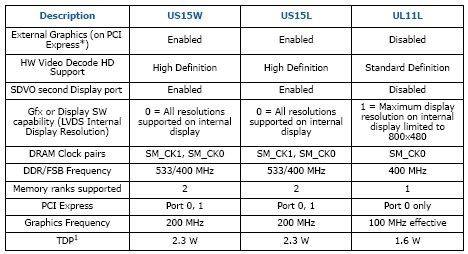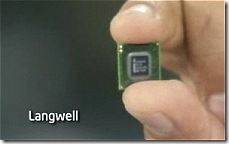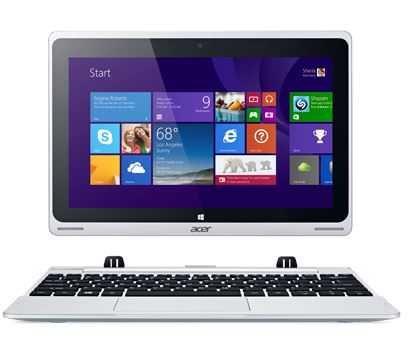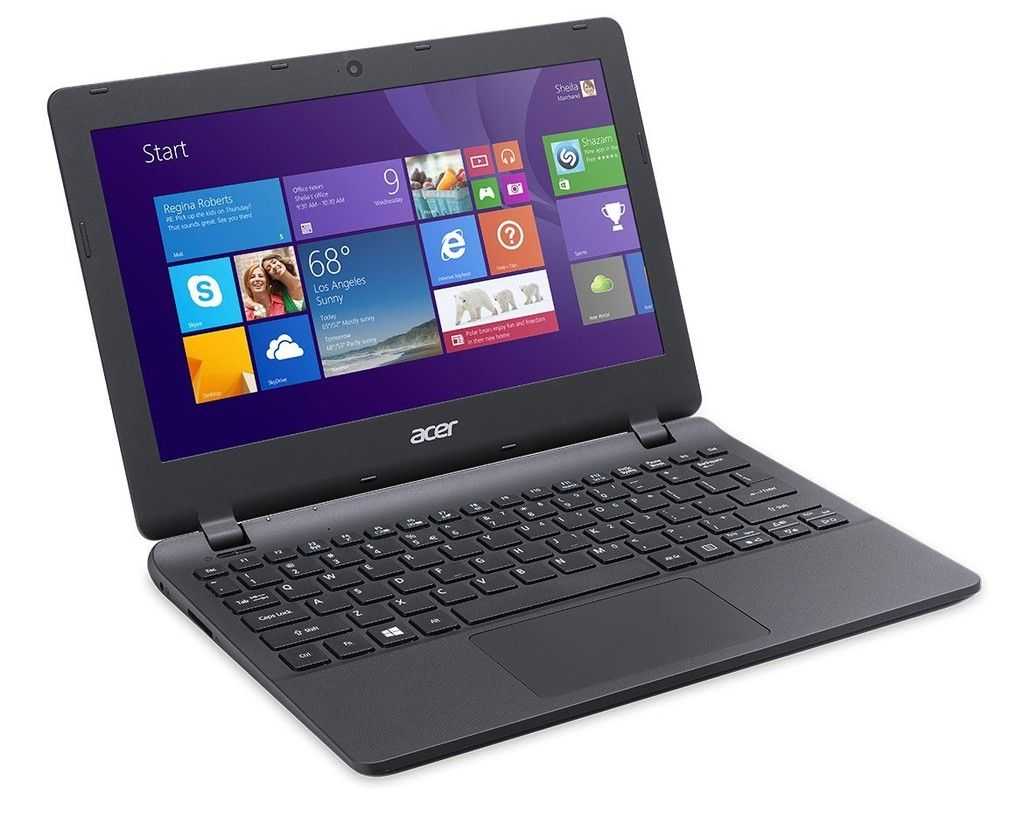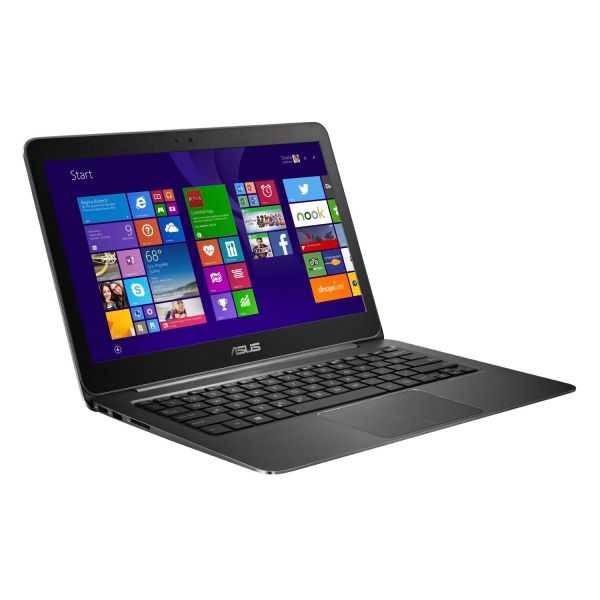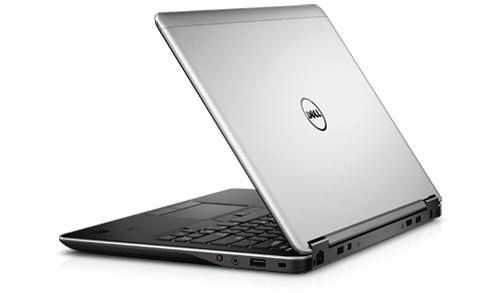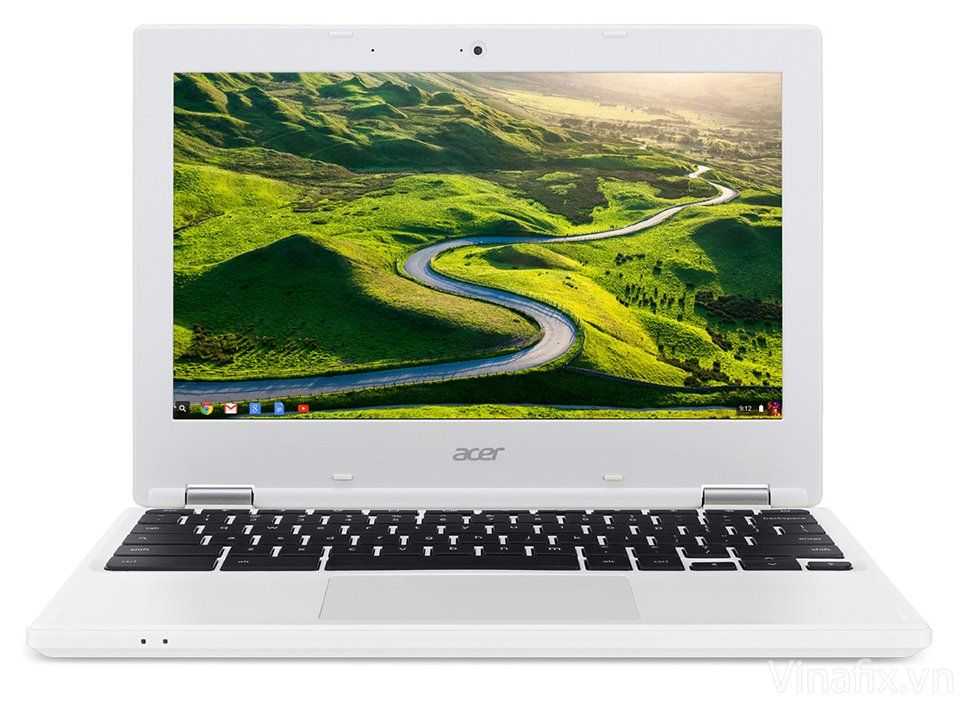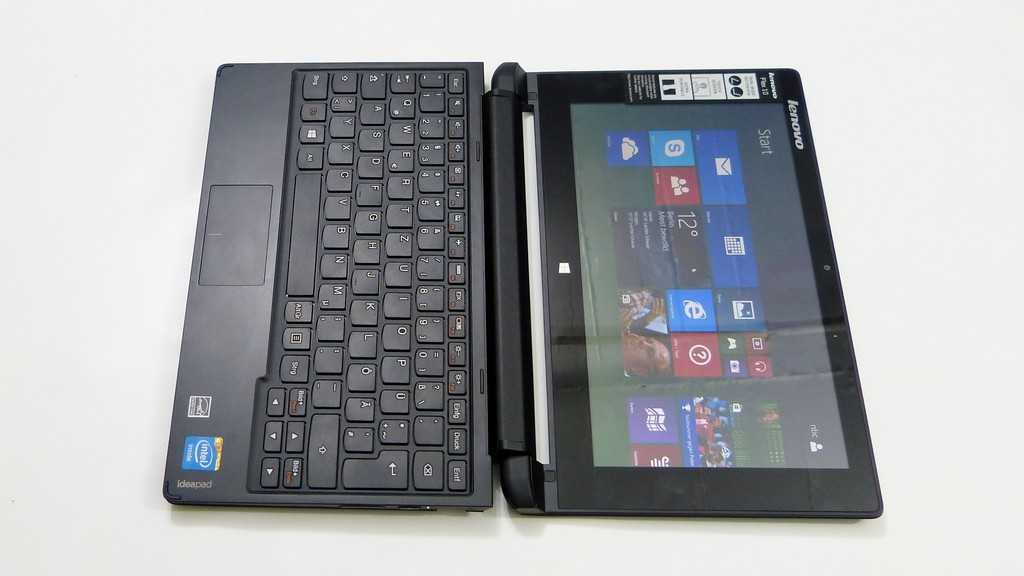Customers are waiting for XP drivers for the Aigo MID and sales appear to be suffering as a result. Early adopters simply don’t trust a Moblin-based device to deliver exactly what they need and want the option of running XP otherwise they’re not going to buy. It’s not that they don’t want Moblin, its because they want a choice. Without XP and at current prices, they’re not buying. I’m sure that customers in France and Italy are happy with their low-cost carrier offerings but there’s a billion more people in the western world that don’t have that option.
How do we know this? We speak to the resellers. They tell us that there are early adopter customers waiting in the wings for XP-based MIDs but they won’t buy until they know the option is available. The resellers won’t even put their money down on large orders until the XP drivers are there which means prices remain high as volumes stay low. We hear what customers are saying too. These advanced, early-adopter users want choices and value. The current offerings are locked down to an OS that doesn’t give them VFM. There’s a lot of people out there that want to run a mature desktop OS and use the Aigo MID as a productive UMPC. They will not trust their personal or business processes to a fresh, problematic, asia-sourced operating system based on Moblin.
People are trying hard to get it working but there are a lot of potential customers out there, that don’t have the time to mess around and will simply hold back and buy something else in the meantime. It isn’t difficult for these customers to justify buying a netbook. Intel and their hardware partners need to get focused and bring the required software to the market to provide badly-needed confidence in their products.
Maybe today’s product announcement gives us hope. Maybe the Kohjinsha announcement too but without real drivers in the wild, it’s not enough for customers.



